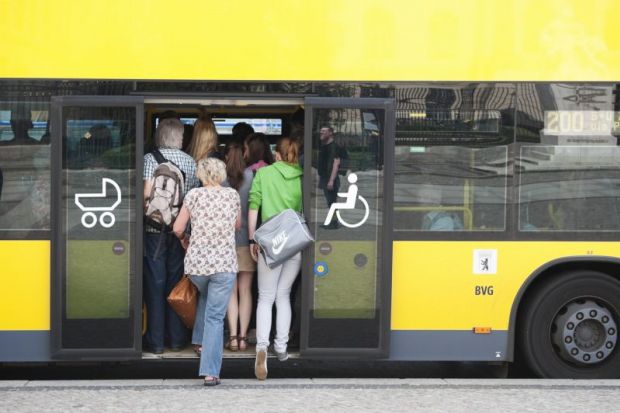The most selective UK universities accepted 8 per cent more students after this summer’s decision to U-turn on teacher-assessed grading of A levels, according to new figures.
Data from the Ucas admissions body show that overall the number of 18-year-olds accepted by universities rose almost 6 per cent from before the policy change to the end of the admissions 2020 cycle.
But it was at higher tariff providers where acceptances appeared to rise the most, growing by 7.5 per cent, the report says.
Admissions to university this autumn were thrown into confusion during August when controversy erupted over the way that teacher-assessed grades had been standardised.
Following a similar move in Scotland, the Westminster government announced that grades for pupils in England would revert to teacher-assessed results if these had been higher than the calculated grades. A cap on undergraduate places was also scrapped to allow for the anticipated extra demand.
According to the Ucas end-of-cycle data, almost 170,000 university applicants received a grade higher than they were initially awarded after the policy changes in different parts of the UK.
“The flexibility demonstrated by universities and colleges in accommodating this redistribution of students…saw UK acceptances for all ages reach 485,400 (up 4.5 per cent on 2019) and the UK 18-year-old entry rate rise to a record 37 per cent (up 2.9 percentage points on 2019),” the Ucas report says.
“With more students meeting the terms of their offer, the number of placed UK 18-year-old main scheme applicants increased by 5.5 per cent, from before the policy change to the end of the 2020 cycle, with those placed at their firm choice course increasing by 5.1 per cent, and acceptances to higher tariff providers growing by 7.5 per cent,” it adds.
“This contrasts with movements over the same period in 2019, in which there was a 1.6 per cent uplift in main scheme applicant acceptances (and a slight decrease in the number placed at higher tariff providers).”
The Ucas report says that, from before the policy change to the end of the admission cycle, there was also a 12 per cent increase in applicants from the most disadvantaged areas being placed at 15 of the most selective institutions.
On deferrals, it says that of those who received grade increases because of the policy change, 1,520 decided to defer their places at a firm university choice late in the admissions cycle and about 1,000 of these “would not have occurred had this group’s deferral rate been the same as expected based on the 2019 cycle”.
The report also says that although there has continued to be slow progress in widening access and participation in full-time undergraduate courses, the current rate of change would still mean it will take more than 300 years to eliminate the equality gap at the most selective universities.
It warns that the next few years would also be crucial given that the rising 18-year-old population will create more competition for places and the pandemic had affected the school progress of the most disadvantaged pupils.
“Universities and colleges will need to make tougher decisions – and there is a risk that lower-attaining disadvantaged students will be squeezed out given they are on average 18 months behind their more advantaged peers,” it says.
It adds that if each higher tariff provider had admitted just an extra 70 of the most disadvantaged students in 2020, “the equality gap across higher tariff providers would be half of what it is now”.
“A consistent use of such practices as illustrated [here] could enable the eradication of the equality gap by 2030.”




